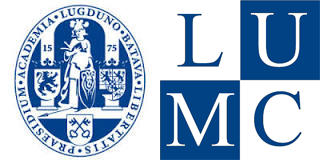Cerebellum – Brain Dissections. The video demonstrates the gross features of the cerebellum. The three peduncles are demonstrated, noting their input and output to and from the cerebellum. Emphasis is given to symptoms of cerebellar disease appearing on the same side of the body. Special emphasis is given to cortical-cerebellar connections, stressing the need for the pathways to cross twice in order to work with the descending corticospinal tract. Cerebellar functions and dysfunctions are discussed while showing clinical examples of patients with cerebellar disease. With English or Italian closed captions. Video by Suzanne S. Stensaas, PhD, Professor Emeritus, Department of Neurobiology and Anatomy, University of Utah School of Medicine. Video retrieved from https://neurologicexam.med.utah.edu/adult/html/brain-dissections.html#21
 View license
View license If you use this item you should credit it as follows:
- For usage in print - copy and paste the line below:
- For digital usage (e.g. in PowerPoint, Impress, Word, Writer) - copy and paste the line below (optionally add the license icon):





Comments